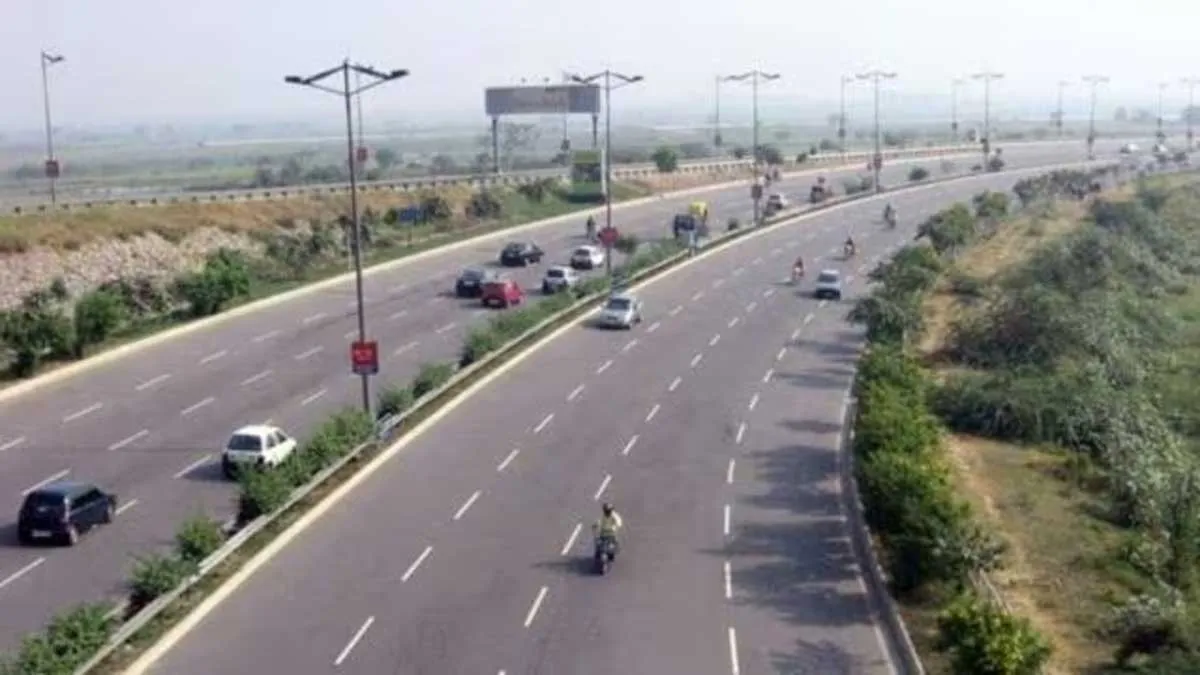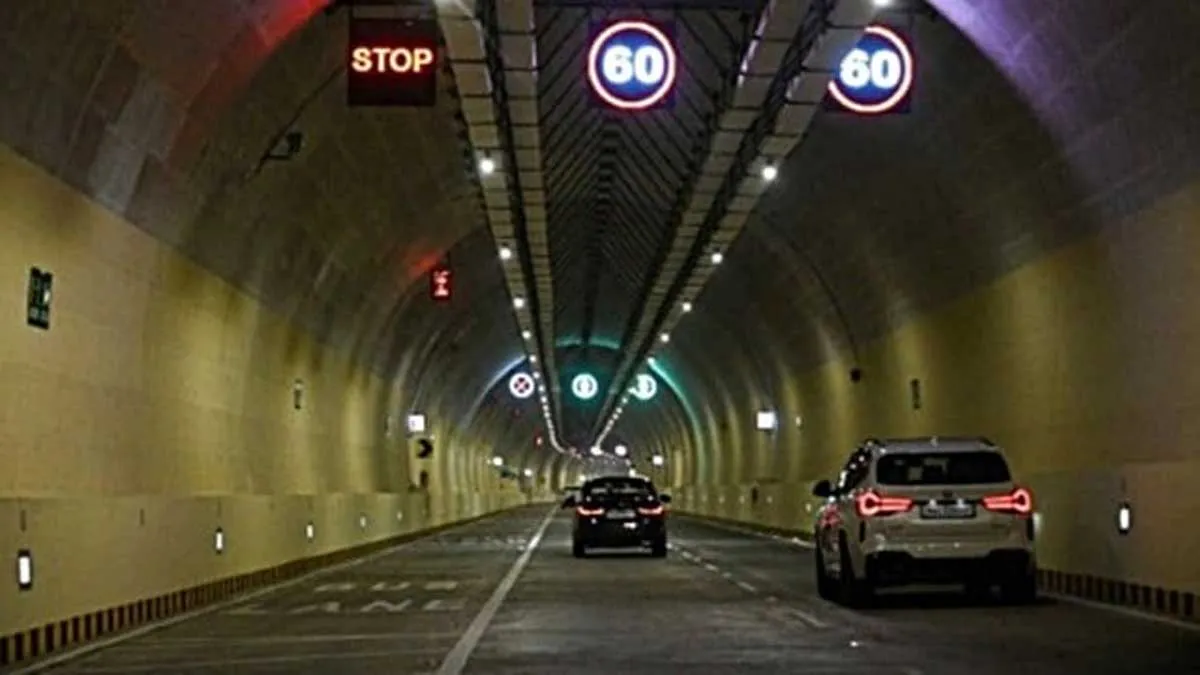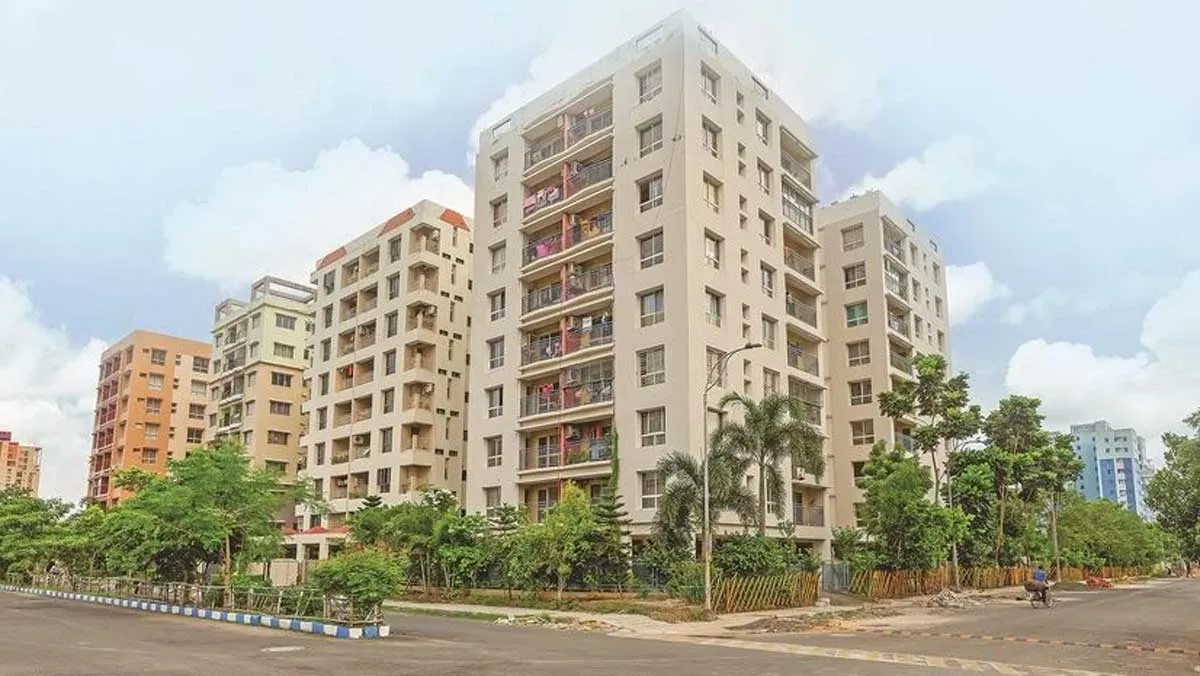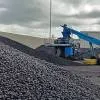
Cabinet Approves Key Highway and Rail Projects in Bihar Region
The Union Cabinet on Wednesday approved the four-laning of the 84.2-km Mokama-Munger section of the Buxar-Bhagalpur high-speed corridor, a key industrial region in poll-bound Bihar. The Cabinet also sanctioned the doubling of the 177-km Bhagalpur-Dumka-Rampurhat railway line, which passes through Bihar, Jharkhand, and West Bengal, at a cost of Rs 31.7 billion.The Rs 44.5 billion highway project will be constructed under the hybrid annuity model, a variant of public-private partnership. The Mokama-Munger stretch was the only remaining two-lane section of the 363-km Buxar-Bhagalpur corridor. Fou..

NGT Issues Notice on Bengaluru Twin Tunnel Project
The National Green Tribunal (NGT) on Wednesday issued notices in response to a petition filed by Bengaluru Praja Vedike and others, challenging the Bengaluru twin tunnel road project. Petitioners claim the project was “hastily announced” and bypassed mandatory environmental impact assessment procedures.Notices have been served to the Karnataka Government, Greater Bengaluru Authority, State Environment Impact Assessment Authority (SEIAA), Bengaluru Smart Infrastructure Ltd (B-SMILE), the Union Ministry of Environment, Forest and Climate Change, and project consultants.The 16.74-km twin-tube..

India’s Residential Sales to Dip Slightly in FY26
Residential sales in India’s seven major cities are projected to decline by up to 3 per cent year-on-year in FY26 to 620–640 million square feet (msf), amid a moderation in sales velocity, according to ratings agency Icra.In FY25, sales stood at 643 msf, down 8 per cent YoY, following a sharp contraction in new launches and moderated demand in the affordable and mid-income segments. This slowdown came after the sector posted a robust compound annual growth rate of 26 per cent in area sales between FY22 and FY24.Icra noted: “Having seen a strong upcycle, the sector entered an equilibrium ..
















